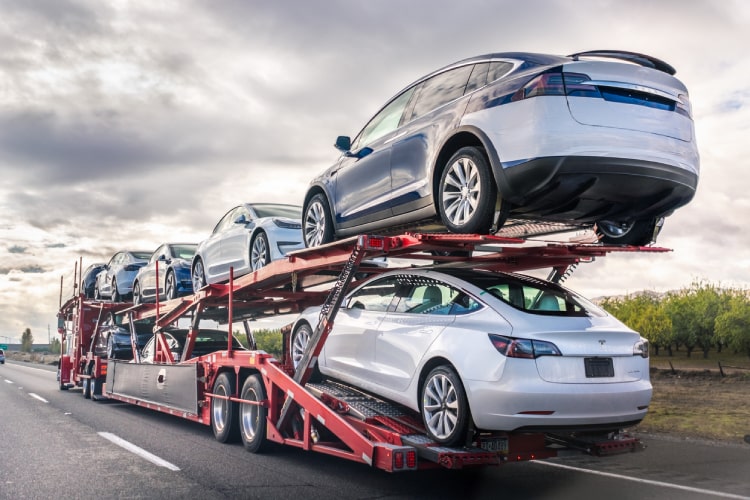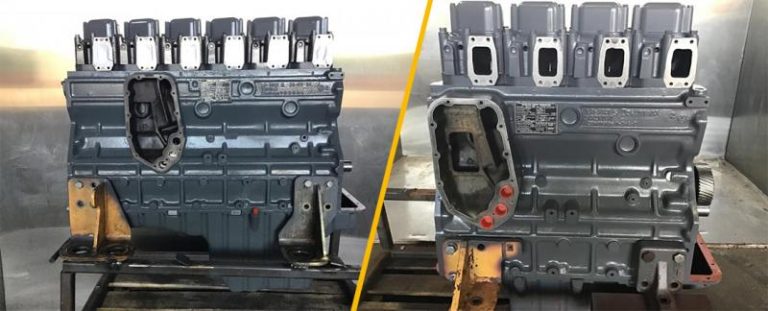What Is A Lien On Car?
A lien on a car is a legal claim over a vehicle, typically used as collateral to secure repayment of a debt. This concept is crucial when financing or selling vehicles, as it affects ownership and transfer rights. In this guide, we will find out what a lien on a car entails, how it can impact car owners and buyers, and the steps involved in managing or removing a lien, ensuring a clear knowledge of this important financial and legal instrument.
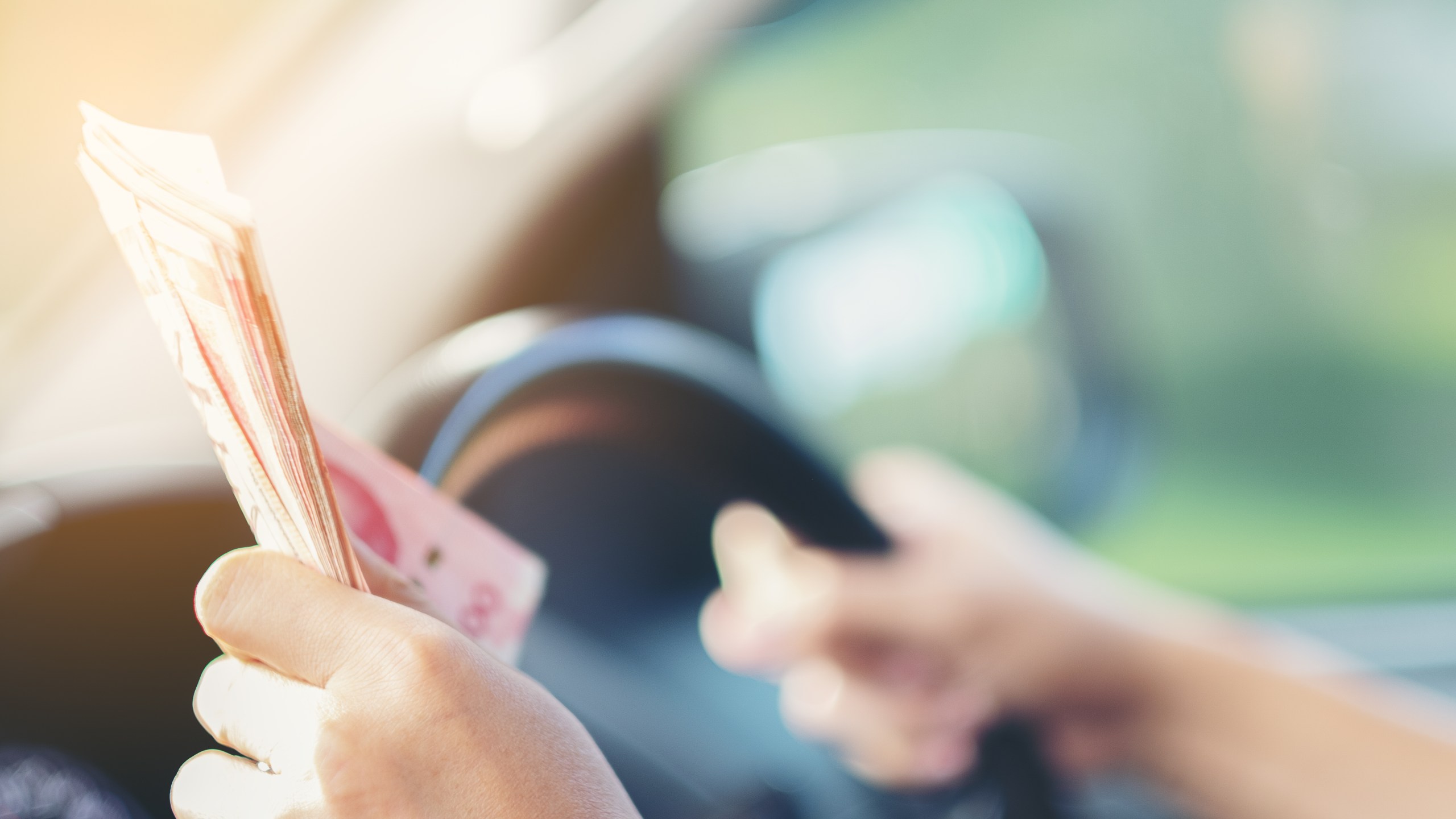
What Is A Lien On Car?
A lien on a car means a third party has a legal claim to your vehicle. This third party, called the lienholder, is typically the lender who financed your car purchase. The lien acts as a kind of insurance for the lender. Here’s a breakdown of how it works:
- Security for the Loan: When you take out a loan to buy a car, the car itself serves as collateral for the debt. The lien signifies this connection.
- Protection Against Default: If you fail to make your loan payments (default on the loan), the lienholder has the right to repossess the car. They can then sell it to recoup their losses.
- Appears on the Title: The lien is registered on the car’s title, which is the legal document proving ownership. This shows there’s a financial encumbrance on the vehicle.
How Does A Lien Work?
When it comes to how liens work on a car, the process is specifically tailored around securing the loan used to purchase or repair the vehicle. Here’s a straightforward step-by-step breakdown of how a car lien works:
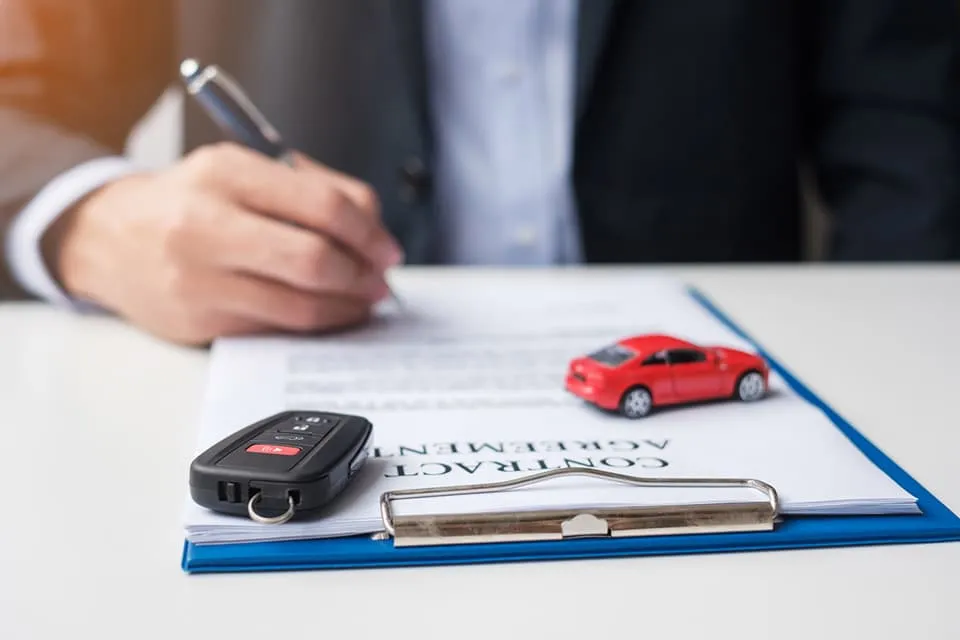
Step 1: Establishment of the Lien
Loan Agreement: When you finance a car through a loan, the lender typically uses the car itself as collateral to secure the loan.
Lien Placement: The lender places a lien on the car at the time of the loan agreement. This is recorded in the car’s title, marking the lender as the lienholder.
Step 2: Recording the Lien
Title Registration: The lien is registered with the state’s Department of Motor Vehicles (DMV) or an equivalent authority. This registration in the car’s title prevents the car from being sold without the lienholder’s consent and ensures the lienholder’s rights in case of default.
Step 3: During the Loan Period
Ownership with a Lien: As the car owner, you can use the vehicle, but the lienholder retains the legal title, or a claim on the title until the loan is fully paid off.
Step 4: Paying Off the Loan
Loan Repayment: You continue to make payments according to the loan agreement. Once the loan is fully paid off, the lienholder’s claim on the vehicle is removed.
Step 5: Removal of the Lien
Release of Lien: The lender is responsible for notifying the DMV to remove the lien from the car’s title once the loan is completely paid off.
Title Update: You receive a new car title from the DMV, free of any liens, proving full ownership of the vehicle.
Step 6: Selling the Vehicle
Clear Title: Once the lien is removed, you can sell the vehicle without any restrictions since the title is clear of claims.
Types of Car Liens
Car liens come in two main categories: consensual liens and statutory liens. Here’s a breakdown of the most common types:
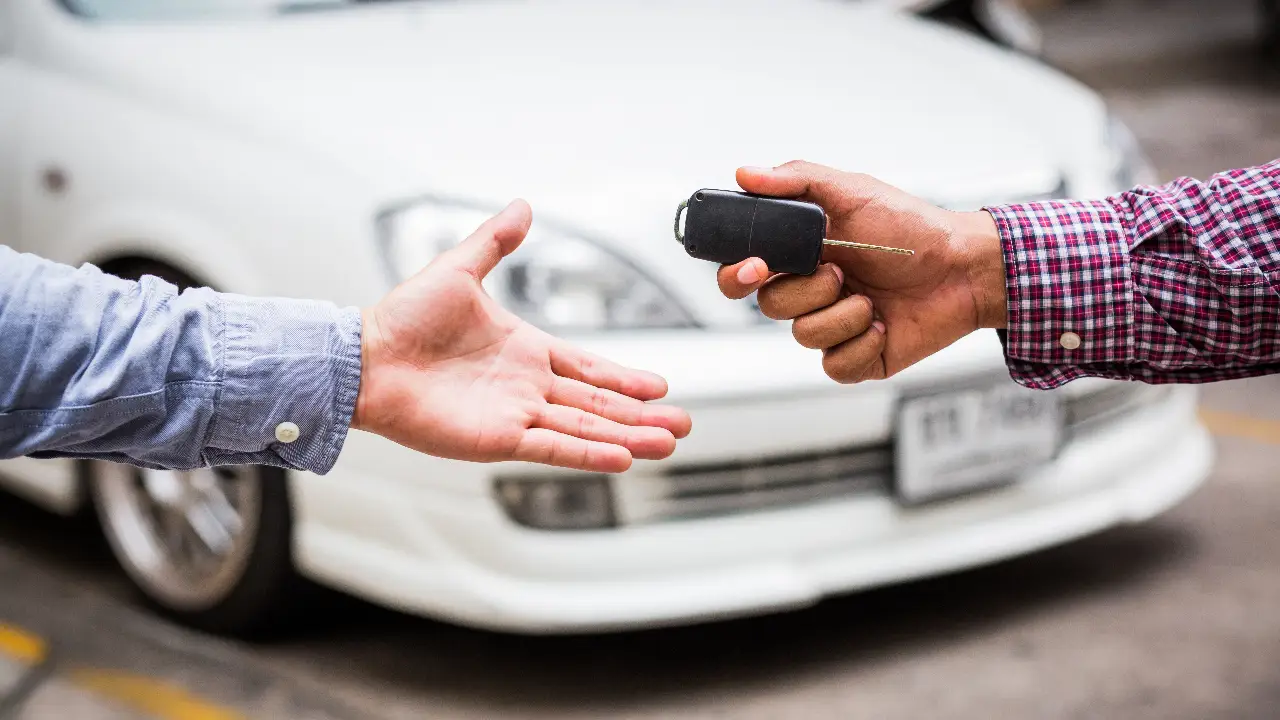
1. Consensual Liens:
- Financing Lien (Security Interest Lien): This is the most common type of car lien. It arises when you finance a car purchase through a loan. The lender (bank, credit union, etc.) holds the lien on the car title until the loan is paid off. This gives them the right to repossess the car if they default on payments.
2. Statutory Liens:
- Mechanic’s Lien: If you don’t pay a mechanic for repairs, they can place a lien on your car title. This prevents you from registering or selling the car until the repair bill is settled.
- Tax Lien: If you neglect to pay property taxes associated with your car, the government can place a lien on the title. This can happen with registration fees as well.
- Judgment Lien: If you lose a lawsuit related to a car accident or other incident, and you don’t pay the resulting court judgment, the other party may place a lien on your car. This allows them to potentially seize and sell the car to recover the owed funds.
- Storage Lien: If you abandon your car in a storage facility and owe storage fees, the facility can place a lien on the title to prevent you from retrieving the car until the fees are paid.
Buying and Selling Cars with Liens
Buying and selling cars that have liens can be a complex process, requiring careful attention to legal and financial details. Here’s a guide on how to navigate buying and selling cars with liens:

Selling a Car with a Lien
1. Check the Lien Status: Before listing the car for sale, check the current status of any liens on the vehicle. You can find this information through your local Department of Motor Vehicles (DMV) or by reviewing the vehicle title, which should indicate any liens.
2. Pay Off the Lien: Ideally, the simplest way to sell a car with a lien is to pay off the lien before completing the sale. This can be done using your own funds or by using the money from the sale of the car. Ensure that the lienholder provides a lien release document once the debt is cleared.
3. Transfer the Title: Once the lien is paid off and the lien release is obtained, submit the release and other required documents to the DMV to have the lien removed from the title. Only then can the title be transferred to the new owner free and clear.
4. Use an Escrow Service: If you need to use the buyer’s funds to pay off the lien, consider using an escrow service. This adds a level of security for both parties, ensuring the lien is paid off and the buyer’s money is safe until the transaction is fully completed.
Buying a Car with a Lien

1. Verify the Lien Information: Always verify the existence and status of any liens on a car you’re interested in buying. Request the current owner to provide a detailed report from the DMV or a trusted third-party service that confirms the lien status.
2. Arrange for Lien Payment: If there is a remaining lien on the car, discuss with the seller how the lien will be paid off. It’s typically advisable to have the lien paid off before you take ownership. If that’s not possible, ensure the transaction includes clear terms on how the lien will be settled.
3. Use Secure Payment Methods: For transactions where the lien amount will be paid from the purchase price, use secure payment methods that protect both parties. An escrow service can hold the funds and only release them once the lienholder confirms that the lien has been satisfied.
4. Obtain Proof of Lien Release: Ensure that you receive a lien release document once the lien is paid. This document is necessary to update the car title under your name without the lien.
5. Update the Registration and Title: Once the lien is cleared, submit the lien release along with other required documents to the DMV to update the title and registration. Ensure the vehicle is registered under your name with no liens attached.
Frequently Asked Questions
How does a car lien protect lenders?
A car lien safeguards lenders by allowing them to legally reclaim the financed vehicle if the borrower fails to make their loan repayments. It gives the lender a guarantee that they can recover the amount loaned.
What does it mean if a car has a lien?
If a car has a lien, it means there is an outstanding debt owed on the vehicle. The car cannot be sold without first satisfying this debt. Essentially, the lender holds the title until the loan gets paid off.
How can I check if a car has a lien?
You can check if a car has a lien by looking for lien holder details on the car title, contacting your local Department of Motor Vehicles (DMV) or Secretary of State with the vehicle information, or using a lien check tool for accurate information.
How can a potential buyer deal with a car lien?
A potential buyer must ensure that all existing liens are paid off before buying the car. This is usually done on the agreement that the debt will be repaid as part of the purchase price or ensuring the seller pays off the lien before transferring the title.

Hi! I’m Larry Gibbs, studying mechanical engineering with a focus on cars. I really love Ferraris and write blog posts about the latest car stuff. When not studying or blogging, I’m usually on a road trip exploring new places. I also enjoy playing football and watching movies. Life’s an adventure, and I’m all about enjoying the ride!



